Editor's note: Beijing is co-hosting the 2022 Winter Olympics and Paralympics with Zhangjiakou in Hebei province. From culture and cuisine to tourism and the arts, we take you to the attractions in these areas of North China for an unforgettable stay.
As the oldest artisan of the Yangliuqing woodblock prints workshop affiliated with Tianjin Yangliuqing Fine Arts Press group, Wang Wenda, 77, has been busy preparing for another Spring Festival.
Wielding his self-made carving knife, Wang immerses himself, day after day, in crafting items for one of the most renowned Chinese New Year picture brands.
"Oh, it has been over 60 years," says Wang, who seems to have hardly noticed the time passing during his working life.
The Yangliuqing woodblock print has a history of about four centuries, starting in the late Ming Dynasty (1368-1644).
The name, which literally means "the willow is green", refers to a small town on the outskirts of Tianjin that is said to be the birthplace of this style of woodblock printing.
In 1958, when attempts were made to gather dispersed woodblock printing artisans in a bid to save the endangered technique, a new publicly owned workshop was established in downtown Tianjin. Wang was among the first to join the workshop in 1960.
"I was recruited as a painter because I loved painting as a child," he recalls. "However, the carving department lacked people, and I was soon assigned to it."
He remains in the role to this day.

The Yangliuqing woodblock print has a history of about 400 years, being founded in the late Ming Dynasty (1368-1644).[Photo by Wang Kaihao/China Daily]
It is common for Wang to spend months creating a single wooden plate, made of pear-tree wood. The lumber has to be stored and dried for three years before it can be used.
After the plate is completed, the printing process itself can take up to a month for the picture to be drawn and mounted.
Yangliuqing woodblock prints have abundant themes, which are inspired by such subjects as literature, folk legends and myths. The most recognizable products are usually of auspicious symbols for the Chinese Lunar New Year.
According to Li Zhenyu, a fine arts professor from Sichuan University, Chinese New Year paintings date back to the Western Han Dynasty (206 BC-AD 24) when a pair of images depicting two deities appeared on doors to ward off evil spirits. The variation in themes and imagery grew more abundant during the Tang (618-907) and Song (960-1279) dynasties amid the influence of Buddhist art on the craft.
During the Ming Dynasty, when colorful woodblock prints were commonly used in people's daily lives, the development of New Year paintings was also significantly propelled.
Historical records show that Yangliuqing town and its surrounding villages were full of picture workshops during the Qing Dynasty (1644-1911).
However, the early 20th century saw the arrival of the modern offset printing technique in China.
The most famous New Year picture workshop in Yangliuqing town, Dai Lianzeng, which once served the imperial palace in Beijing, closed in the 1930s after 19 generations.
"Without the country's effort to save the craft of woodblock printing in the 1950s, it would have been lost," Wang says.
New Year paintings are perhaps a nostalgic aspect of life that belongs to all Chinese people.








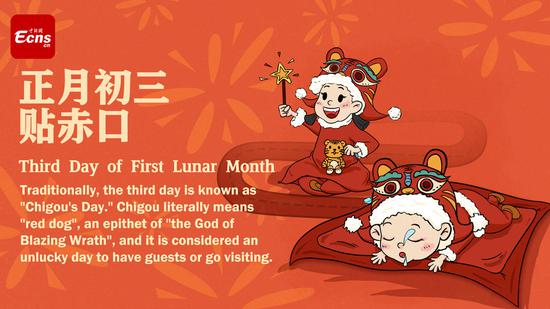

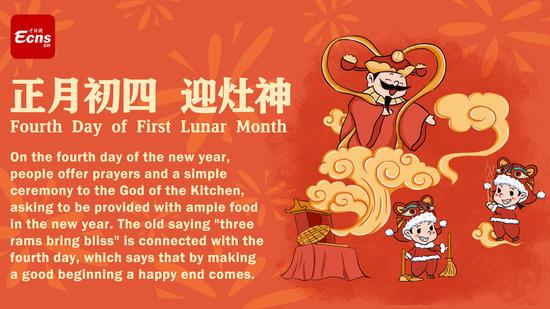
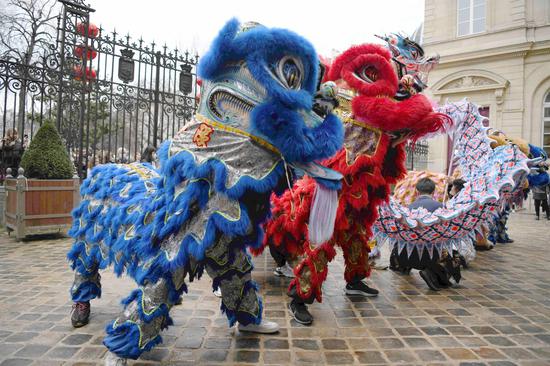
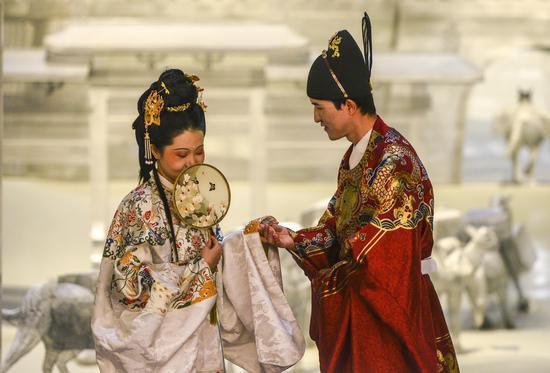


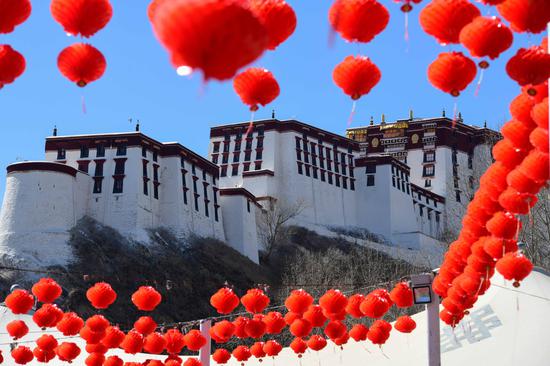


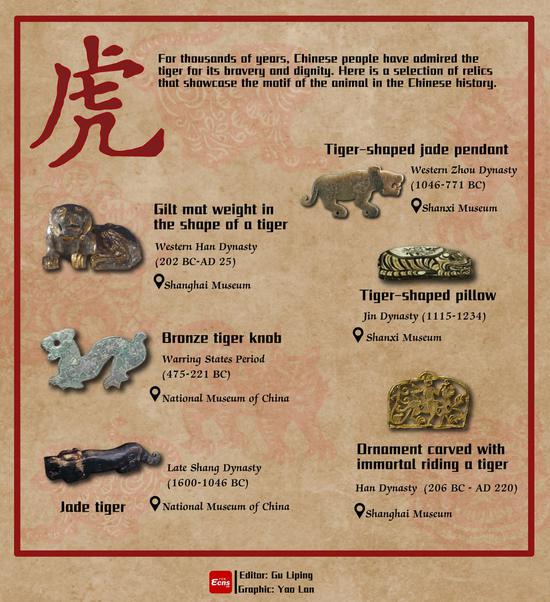






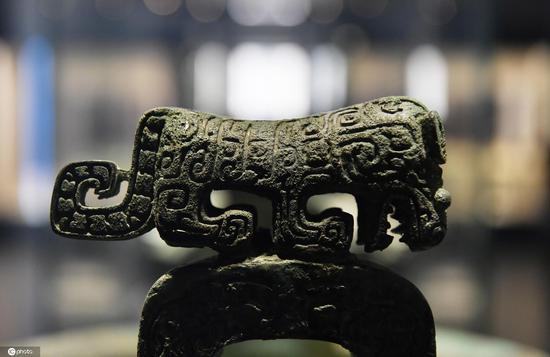
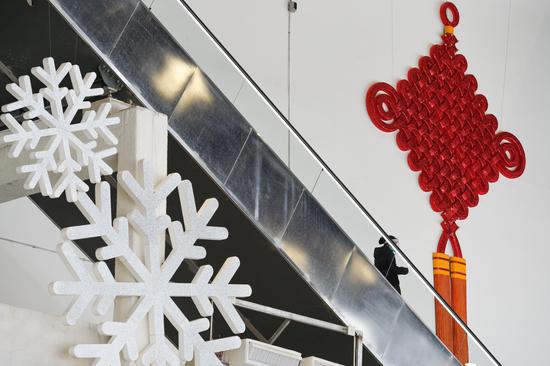




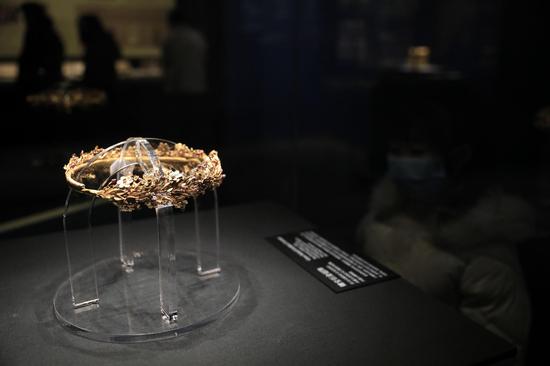



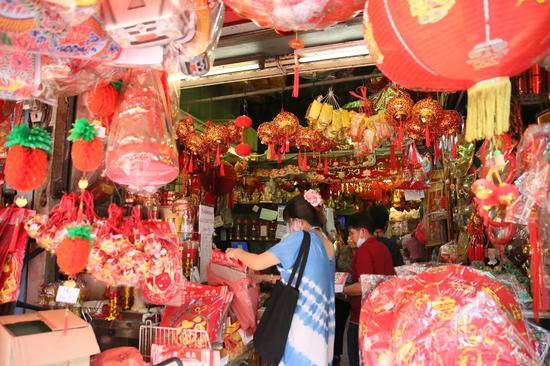

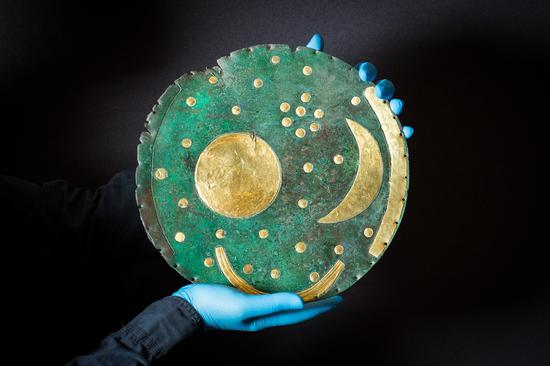



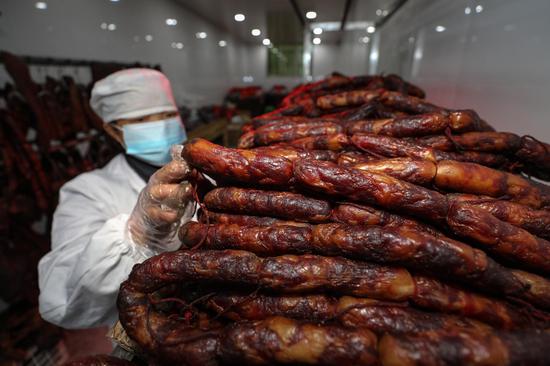








 京公网安备 11010202009201号
京公网安备 11010202009201号